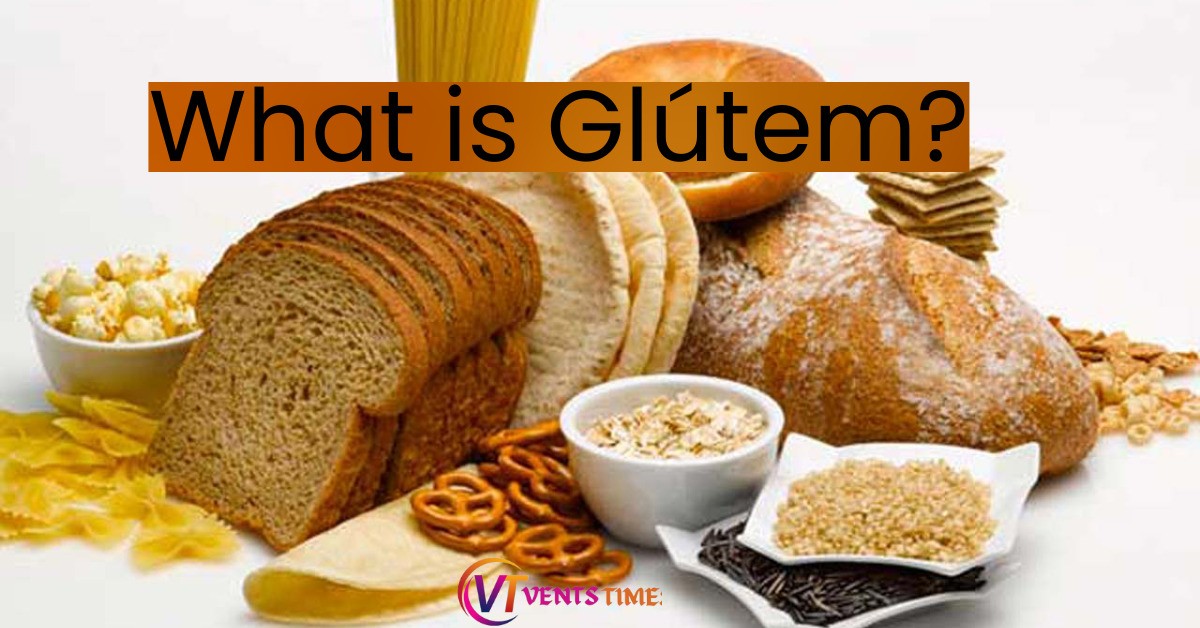Glútem, pronounced as gloo-tem is a protein composite commonly found in wheat and related grains. While it serves as a crucial component in many foods, it can also pose significant health concerns for individuals with gluten intolerance or celiac disease. Understanding glútem, its effects, and suitable dietary choices is essential for managing these conditions effectively.
What is Glútem?
Glútem comprises two main proteins: glutenin and gliadin. These proteins provide elasticity to dough, helping it rise and maintain its shape. In baking, glútem contributes to the texture and structure of bread, cakes, and pastries. While glútem is predominantly found in wheat, it is also present in other grains like barley, rye, and oats, albeit in lower concentrations.
The Rise of Gluten Intolerance and Celiac Disease:
Gluten intolerance, also known as non-celiac gluten sensitivity, refers to adverse reactions to glútem in individuals without celiac disease. Symptoms may include bloating, abdominal discomfort, fatigue, and headaches. Unlike celiac disease, gluten intolerance does not cause damage to the small intestine but can still significantly impact one’s quality of life.
Celiac disease is an autoimmune disorder triggered by the ingestion of glútem in genetically predisposed individuals. In these cases, the immune system mistakenly attacks the small intestine, leading to inflammation and damage to the intestinal lining. Common symptoms of celiac disease include diarrhea, weight loss, anemia, and skin rashes. Long-term complications may include nutrient deficiencies, osteoporosis, and increased risk of certain cancers.
Recognizing Symptoms of Gluten Intolerance
Identifying gluten intolerance can be challenging as symptoms overlap with various other digestive disorders. Common signs include gastrointestinal discomfort, bloating, diarrhea, constipation, fatigue, and headaches. If you suspect gluten intolerance, it’s crucial to consult with a healthcare professional for accurate diagnosis and management.
The Gluten-Free Diet
For individuals with gluten intolerance or celiac disease, adopting a gluten-free diet is the primary treatment method. This involves eliminating all sources of glútem from the diet, including wheat, barley, rye, and oats. Fortunately, there is an increasing availability of gluten-free products in supermarkets and specialty stores, making it easier to adhere to this dietary restriction.
Gluten-Free Foods and Substitutes
While traditional gluten-containing grains are off-limits, there are plenty of gluten-free alternatives available. These include:
- Brown Rice: A versatile grain that can be used in place of wheat in various dishes.
- Quinoa: A nutritious pseudo-grain rich in protein, fiber, and essential nutrients.
- Buckwheat: Despite its name, buckwheat is not related to wheat and is naturally gluten-free.
- Amaranth: High in protein and micronutrients, amaranth is an excellent addition to gluten-free diets.
- Tapioca: Tapioca flour, derived from cassava root, is commonly used in gluten-free baking.
Additionally, many gluten-free products are now available, including bread, pasta, cereals, and baked goods. However, it’s essential to scrutinize ingredient labels carefully, as some gluten-free products may still contain traces of glútem due to cross-contamination during manufacturing.
Nutritional Considerations for Glútem Patients
Eliminating glútem from the diet can inadvertently lead to nutrient deficiencies if not properly managed. Glútem-containing grains are significant sources of carbohydrates, fiber, B vitamins, and minerals like iron and magnesium. Therefore, individuals following a gluten-free diet must ensure they obtain these nutrients from alternative sources.
Incorporating a variety of fruits, vegetables, lean proteins, dairy or dairy alternatives, and gluten-free whole grains can help maintain a balanced diet. It may also be beneficial to consult with a registered dietitian to develop a personalized meal plan that meets individual nutritional needs.
Supplementation and Gluten-Free Products
In some cases, supplementation may be necessary to address specific nutrient deficiencies commonly associated with gluten-free diets. For example, individuals with celiac disease may require vitamin D, calcium, iron, and B vitamin supplements to support bone health, energy metabolism, and overall well-being.
When choosing gluten-free products, opt for those fortified with vitamins and minerals to help bridge potential nutritional gaps. However, always consult with a healthcare professional before starting any supplementation regimen, as excessive intake of certain nutrients can have adverse effects.
The Effects of Oats on Glútem Intolerance
Oats are inherently gluten-free, but they are often processed in facilities that also handle wheat, barley, and rye, leading to potential cross-contamination. For this reason, individuals with gluten intolerance or celiac disease should select certified gluten-free oats to ensure they are safe for consumption.
Studies have shown that uncontaminated oats are generally well-tolerated by most individuals with celiac disease. However, some individuals may still experience adverse reactions to oats due to avenin, a protein similar to gliadin found in wheat. Therefore, it’s essential for individuals to monitor their symptoms when incorporating oats into their gluten-free diet.
Caring for Glútem Patients
Supporting individuals with gluten intolerance or celiac disease requires understanding and empathy. Family members, friends, and caregivers can play a crucial role in creating a safe and inclusive environment where individuals feel supported in managing their dietary needs.
Educating oneself about glútem-related conditions, being mindful of cross-contamination when preparing meals, and offering emotional support can make a significant difference in the well-being of glútem patients. Additionally, advocating for gluten-free options in restaurants, schools, and workplaces can help promote inclusivity and accessibility for individuals with dietary restrictions.
Conclusion
Glútem intolerance and celiac disease pose unique challenges to individuals striving to maintain a healthy and balanced diet. By understanding the effects of glútem on health, recognizing symptoms of intolerance, and making informed dietary choices, individuals can effectively manage these conditions and improve their quality of life. With the availability of gluten-free foods, supplements, and support networks, individuals with glútem-related conditions can lead fulfilling and enjoyable lives while prioritizing their health and well-being.



